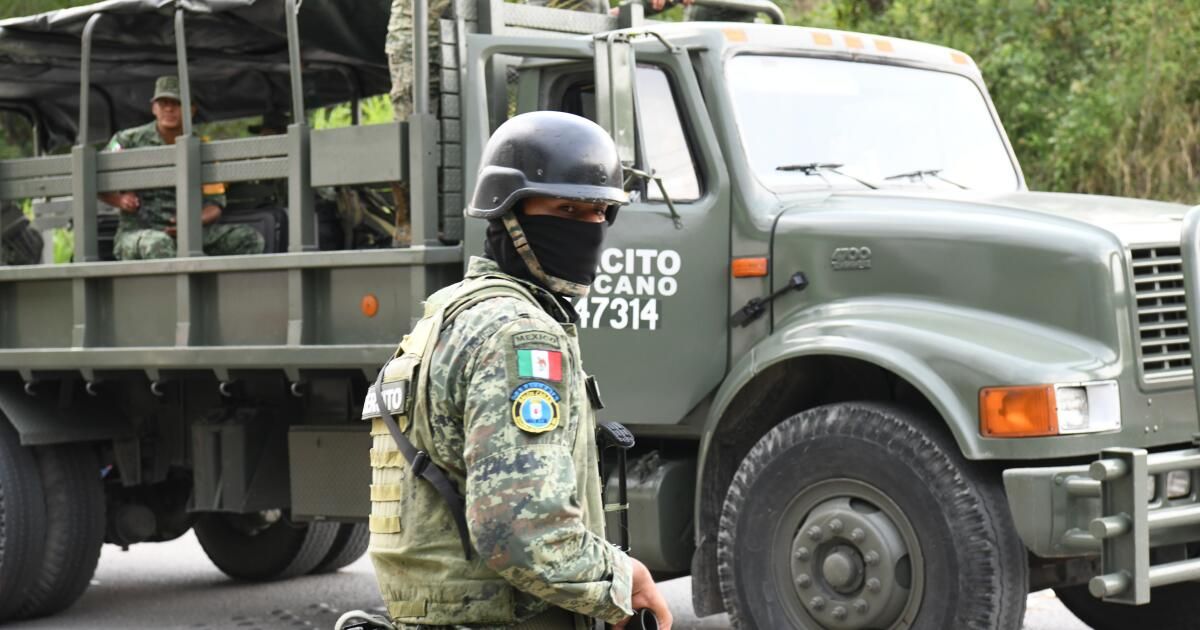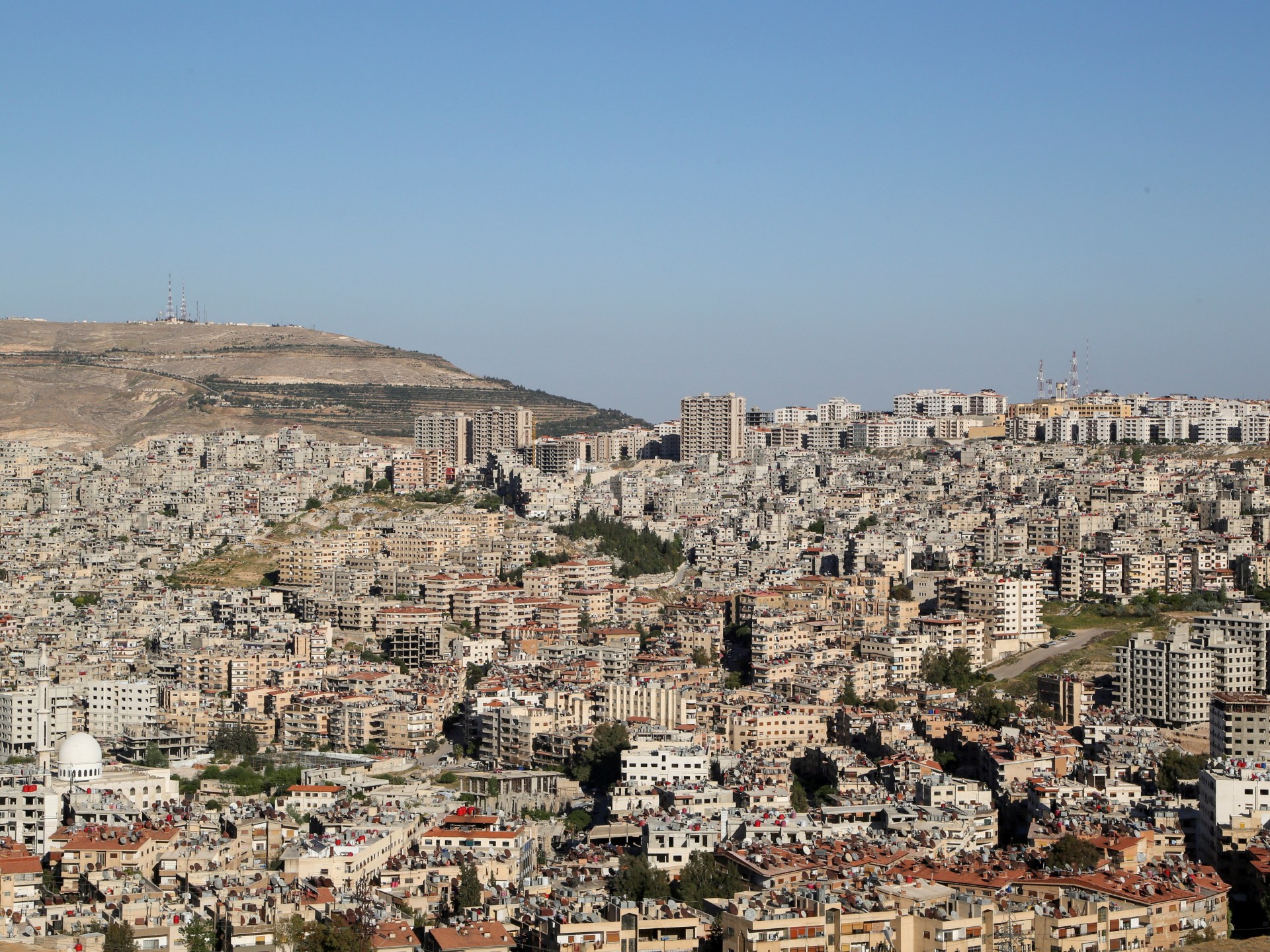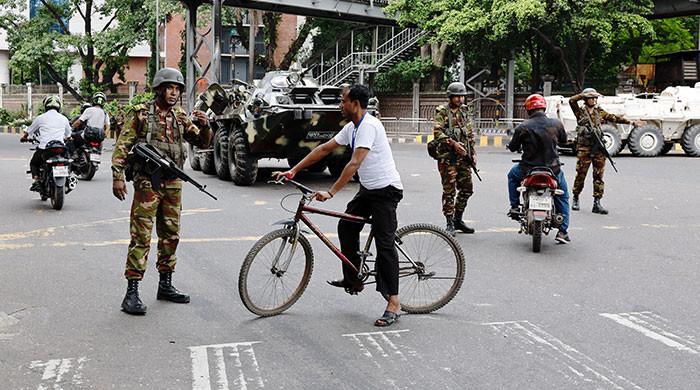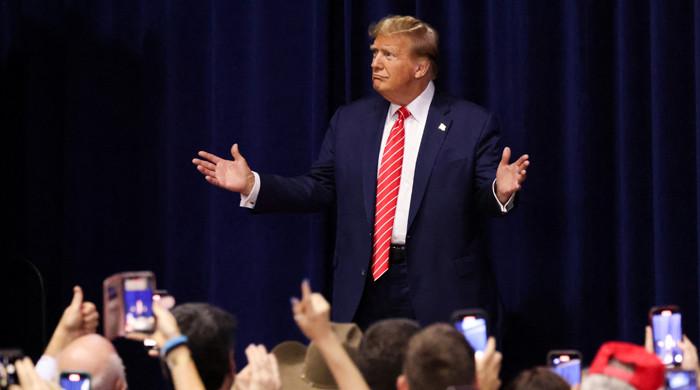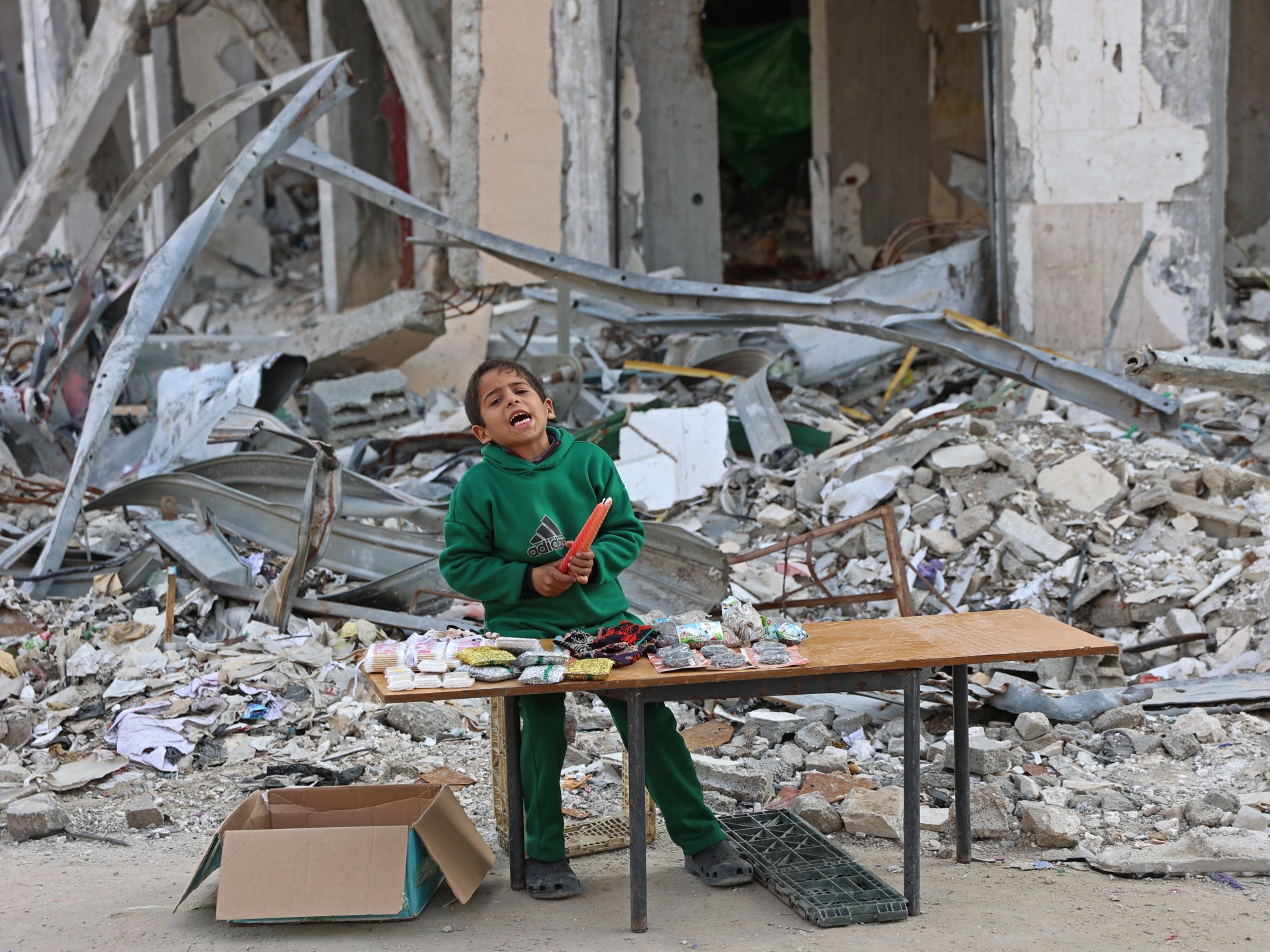Mexico City – Social media users in Mexico have been circulating a video that features particularly gruesome images: a tangle of bloodied bodies, some wearing tactical gear, dumped in a garbage truck.
A narrator in the video speaks of the remains as trophies and boasts that the carnage in Chiapas state was the work of the Sinaloa Cartel, the onetime fiefdom of Joaquin “El Chapo” Guzman, whose successors are seeking to expand the imprisoned kingpin’s former drug-trafficking empire.
This week, Mexican authorities said they discovered 19 bodies on an isolated dirt road, the latest deaths in a brutal traffic war that has convulsed Mexico's poorest and southernmost state.
The men had been shot dead, according to Mexico's Ministry of Public Safety and Citizen Protection, and their bodies were found in and around the abandoned truck. At least six of them were carrying Guatemalan identification.
Mexican President Andrés Manuel López Obrador on Tuesday called the loss of life “regrettable” and attributed it to a clash between two armed groups.
“What motivates this?” López Obrador asked at his morning press conference. “Drug trafficking and also trafficking of migrants and people.”
The president, whose six-year term ends on Oct. 1, has questioned estimates by U.S. officials and others that as much as a third of Mexican territory, including much of Chiapas state, is under the effective control of criminal groups.
The Sinaloa Cartel and its main rival, the Jalisco New Generation Cartel, are said to be fighting for control of lucrative smuggling routes in Chiapas, which shares a long and largely remote border with Guatemala. It was not clear whether the dead were affiliated with the Jalisco Cartel; authorities also did not clarify whether they were executed or killed in a shootout.
The area is a major trafficking corridor for cocaine from South America, as well as for migrants from around the world entering Mexico from Central America en route to the United States. The lure of illicit profits has drawn criminal groups to this picturesque area of jungles, mountains and rivers, where much of the population is indigenous.
“Unfortunately, Chiapas has been caught in the middle of this drug and migrant trafficking war,” said Mike Vigil, former director of foreign operations for the DEA. “Migrant smuggling has become a multi-million dollar business for the cartels.”
The Chiapas turf war has wreaked havoc on a once-peaceful state, leaving dozens dead, forcing thousands from their homes and destroying a once-thriving tourism industry.
“Violence has spread like a cancer in our state,” the Chiapas-based Fray Bartolomé de las Casas Human Rights Center denounced in April. “This situation is characterized not only by armed confrontation between criminal groups, but also by the intention to control, with strategies of terror, the social, economic and political life of the communities.”
Although the chaos in Chiapas is often described as a battle between the Sinaloa and Jalisco cartels, dozens of armed criminal gangs operate in the state, experts say, some allied with larger groups and others semi-autonomous.
The Chiapas municipality of La Concordia, where the bodies were found, has experienced waves of violence in recent months.
A series of attacks on mayoral candidates and their entourage in Chiapas in the run-up to last month's election left at least 16 people dead, including Lucero Esmeralda López Maza, a 28-year-old woman running for mayor of La Concordia.
In April, a series of shootings there killed at least 10 people, according to police, although one human rights group put the death toll at 25.
Times special correspondent Cecilia Sánchez Vidal contributed to this report.

